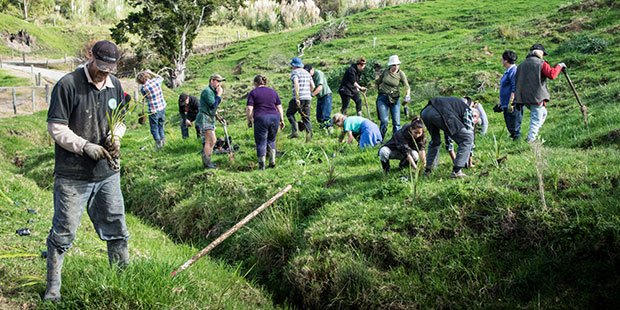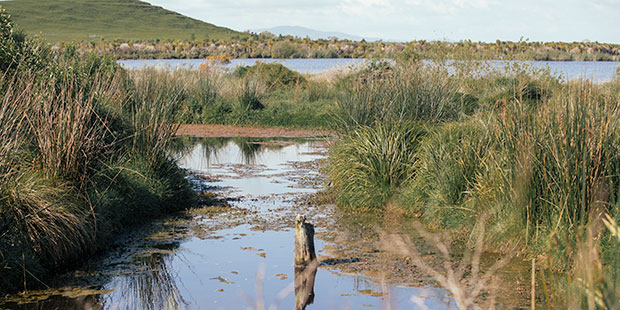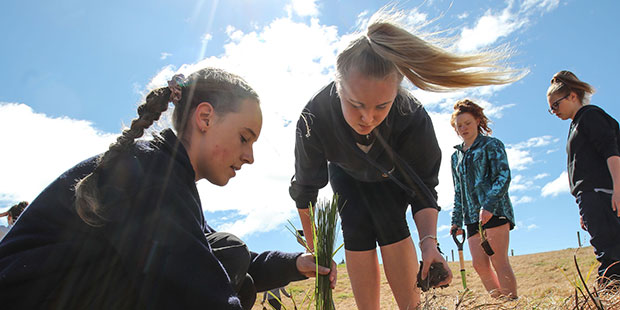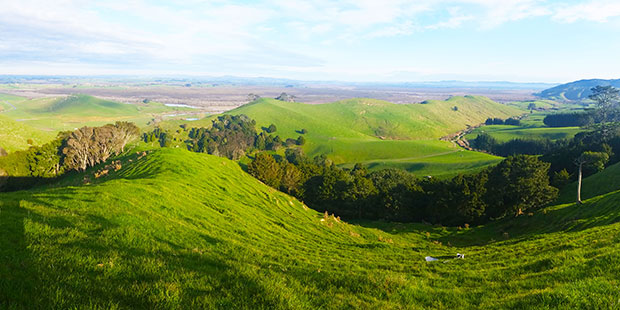How to marry green farming & business success
Dairy farmer discovers big benefits in environmental care.


Waikato farmer Chris Falconer didn’t set out to save the planet — but along the way to creating a successful dairy operation, he discovered environmental care brings some significant benefits.
After working his way up from farm assistant to sharemilker, seven years ago Falconer and his family took possession of a 250 hectare block of land at Waerenga, near Te Kauwhata in the north Waikato. It runs around 400 dairy cows and 80 beef cattle, milking once a day year round and calving twice a year, in spring and autumn.
Falconer has transformed the farm into an economically successful and increasingly environmentally sustainable unit, with a focus on improving water quality, soil health and enhancing habitats – all of which mitigates impact on climate change.
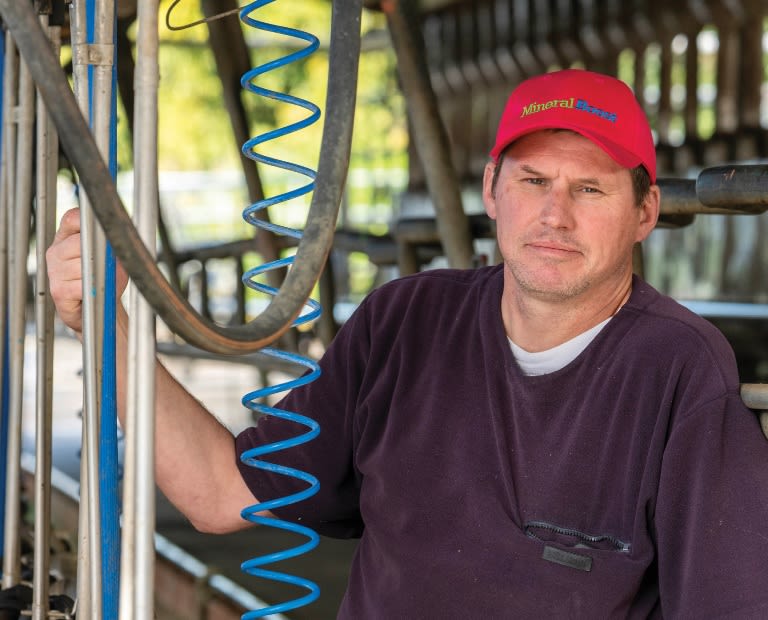
Chris Falconer - Farmer. Photo / Supplied.
Chris Falconer - Farmer. Photo / Supplied.
“We pretty much had a blank slate when we moved in — it was a dairy farm but the previous owners had done nothing with it, to the point where they had been taken to the Environment Court and fined $60,000 for being recidivist polluters,” Falconer says. “We had to start from scratch in terms of the way the farm works and its impact on the environment around it.
“One of the contexts for being very aware of our impact on water quality is that we’re right next to Whangamarino [and its wetland].
“It’s a Ramsar-listed wetland which is not just of regional or national significance, but also international significance – and that is motivation enough. The results of whatever we do and how we farm winds up in there pretty quickly.”
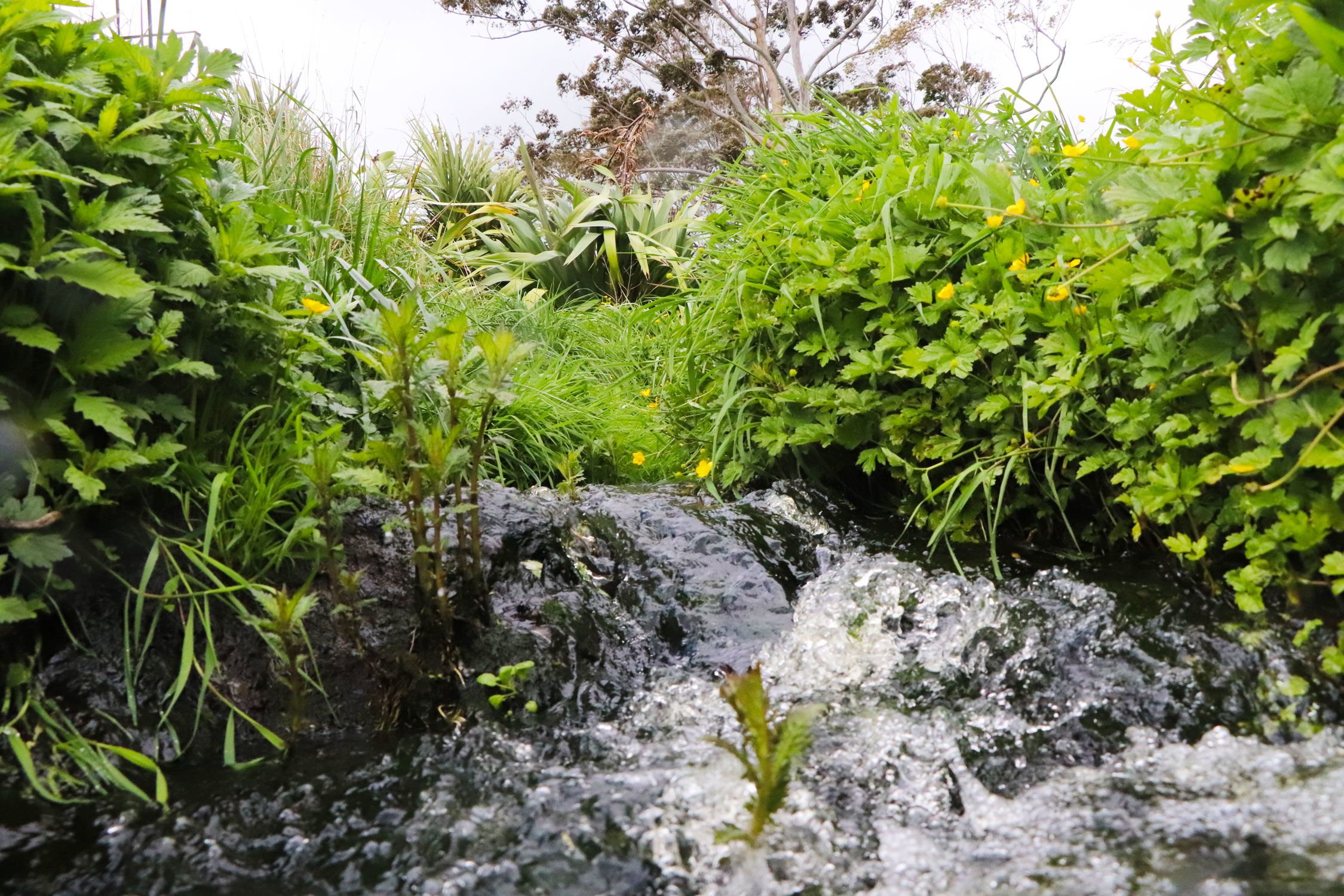
Photo by Oscar Falconer.
Photo by Oscar Falconer.
The first step was to sort out the farm’s effluent management issues, which had caused the previous owner so much trouble. Advised that the farm required capacity to manage around 2 million litres of effluent, Falconer decided to double that.
Now he is not required to spread effluent every time the system reaches capacity but can choose the optimal time to use it to fertilise his land — when ground conditions are right and grass growth strong. Nutrients are taken up by the grass as it grows, rather than permeating down to ground water or running off to local waterways.
“We’re able to utilise our effluent as a resource really effectively and efficiently, to the point where we’ve worked out it’s worth about $30,000 [per year], based on what it would cost us to bring in that much fertiliser by truck. And we’re only putting it on when we know we’re going to get the most from it, which is important to us.”
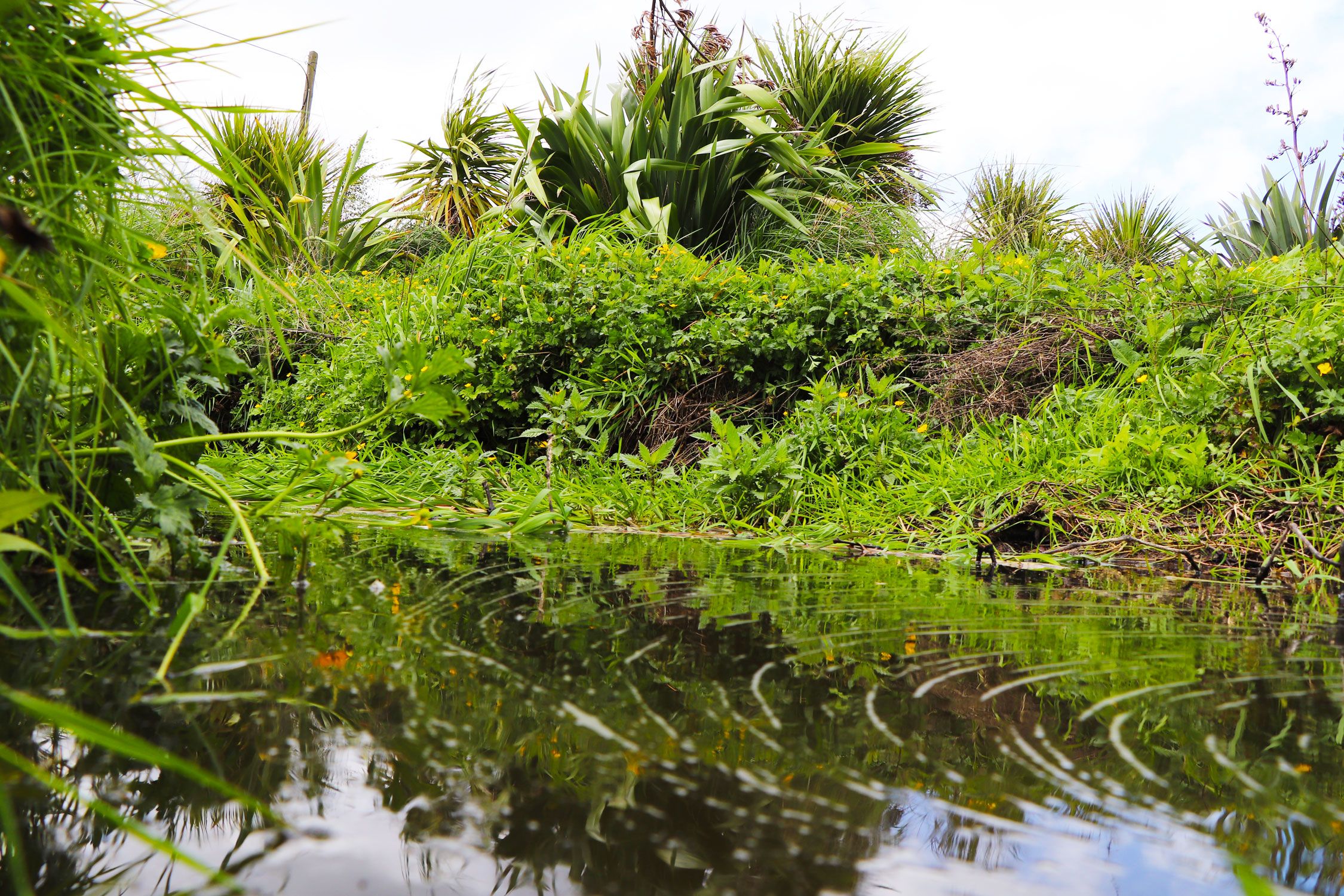
Photo by Oscar Falconer.
Photo by Oscar Falconer.
Falconer has also carried out around 40km of waterway fencing and associated planting around the farm.
“We’ve got a main drain that runs through the farm, as well as about 1.5kms of the Whangamarino stream on our boundary, so we’ve had to fence all that,” he says. “When we started fencing, one of the philosophies behind it was: if you view it as losing land, you’re looking at it wrong.”
By fencing in straight lines instead of tightly following the lines of waterways, he has saved money on fencing and created generous setbacks to plant, some up to 10m wide.
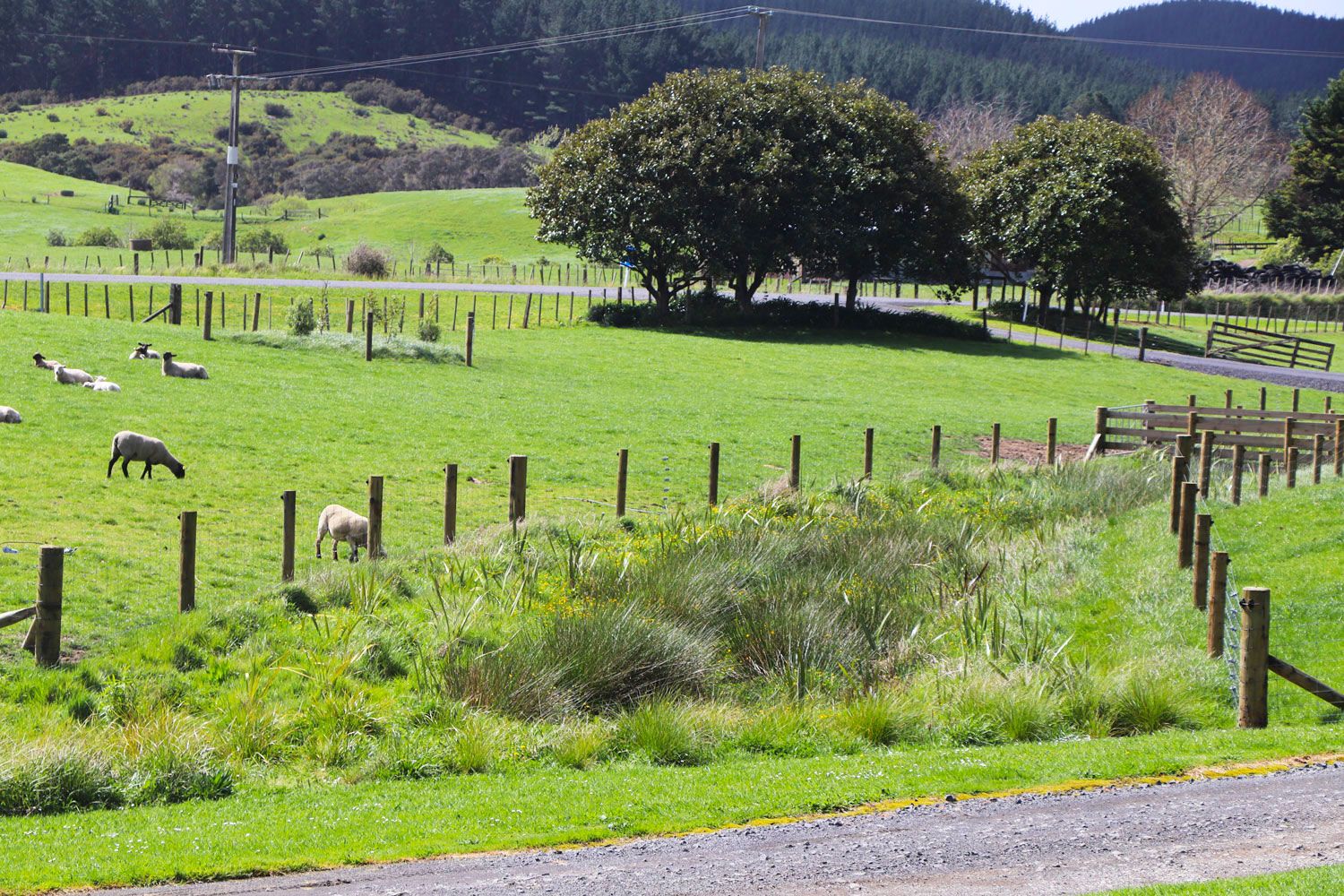
Photo by Oscar Falconer.
Photo by Oscar Falconer.
“It’s more than just fencing hard against the river and planting a few flaxes,” Falconer says. “We can get a few more species in there and start to create a viable habitat. Nature doesn’t follow a narrow course with one type of plant.
“If you want to have habitat and biodiversity, then you need to recognise that it actually needs some space and a mix of plants, and needs to be protected completely.”
It’s not just riparian planting; Falconer is also retiring steep gradient areas that might otherwise be susceptible to erosion, and creating wetland areas throughout the farm – fencing off and planting boggy, damp and low-lying patches of land. This turns areas that would be a negative source of run-off if left unfenced into a positive area that filters out the nutrients and sediment.
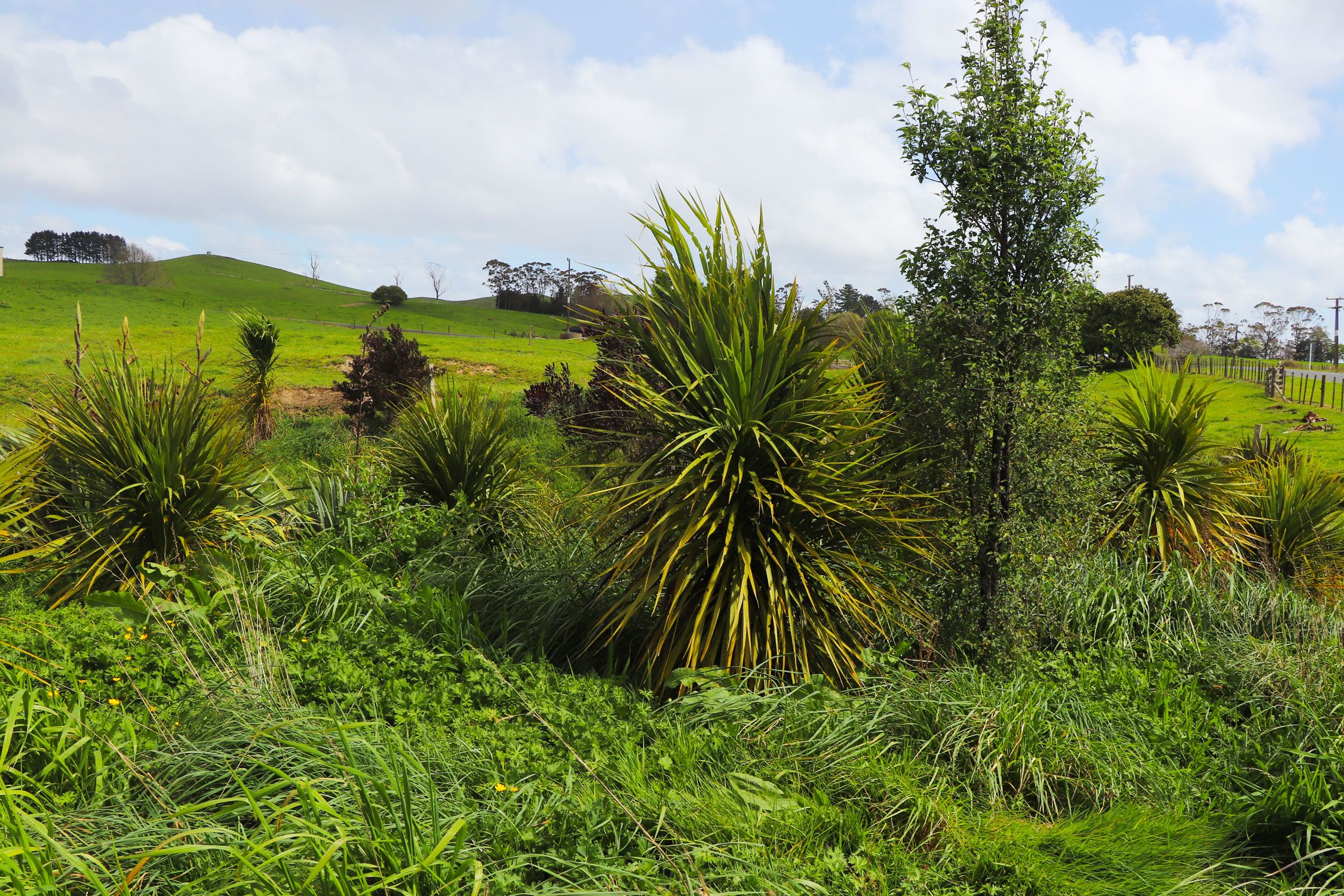
Photo by Oscar Falconer.
Photo by Oscar Falconer.
“You’ve only got to look out the window and you can see in the middle of a paddock there might be an area of rushes or boggy ground, so we just fence and plant them,” he says.
“It also makes farm management easier — if you’ve got cows calving or colostrum animals where there’s an area of wet ground, you know they’re going to find it and you’re going to have to drag them out. It’s better for them not to go there.”
Falconer estimates he has planted out around 10,000 natives so far but the work is not all done; there are still plenty of improvements to be made. Around 6ha of the farm is in plantation pine. Falconer plans to replace these trees with natives, to add to the existing 35ha of native bush.
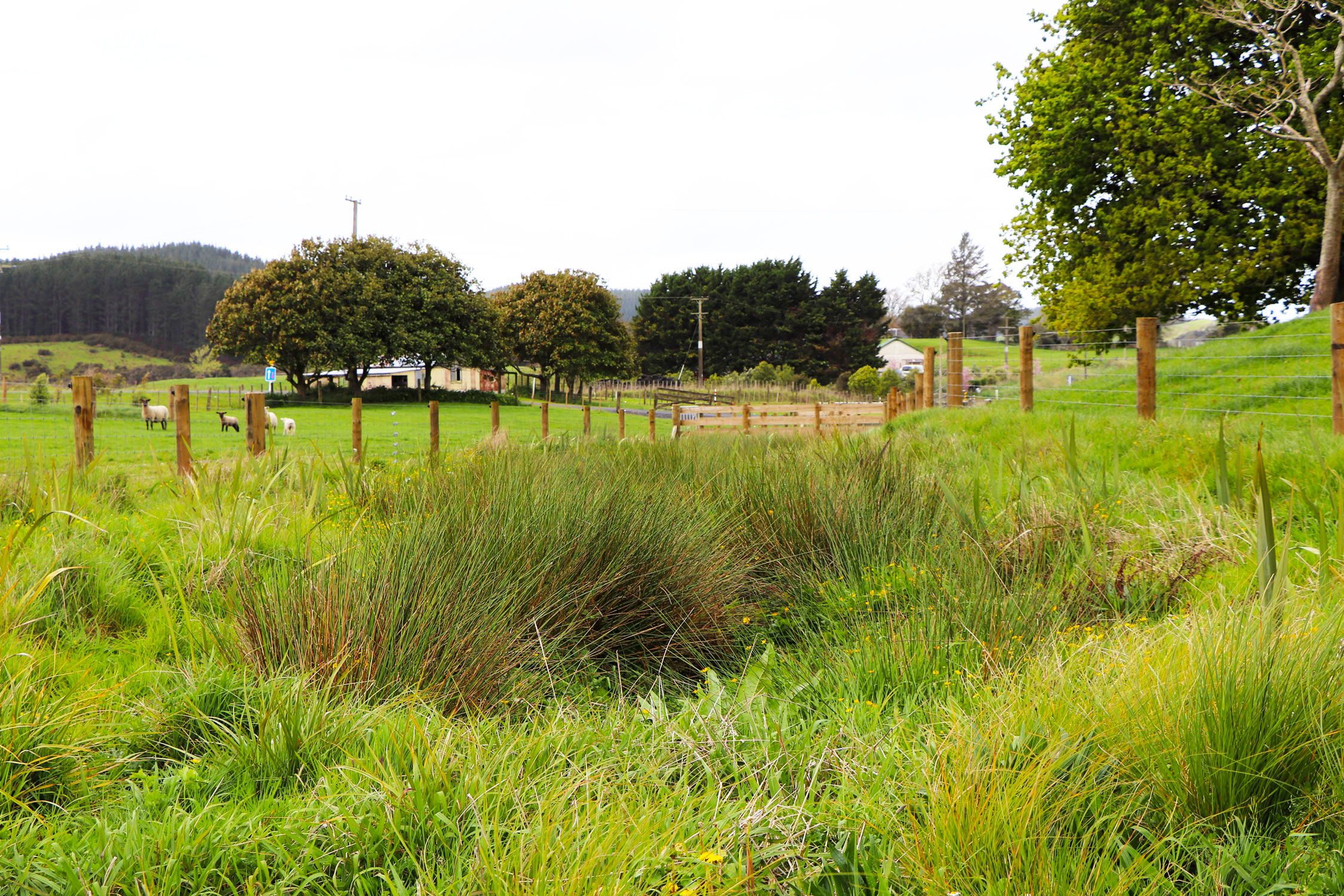
Photo by Oscar Falconer.
Photo by Oscar Falconer.
“You don’t have to look very hard on any farm to find areas you can fence and plant,” he says. “We’re going to try to create some corridors so wildlife can travel up and down the farm without being too far from cover, food and safety.”
Falconer may be interested in reducing his farm’s environmental impact but it has to make good business sense too. He believes environmentally conscious farming is the only way forward, if producers are going to respond to consumer demands.
“If you’re listening to your customers, that’s what they’re saying. For too long farmers have sat behind their gates and said, ‘here you go, here’s what we’re doing and here’s how we’re doing it’. I don’t think that’s going to fly any more.
“I’d rather be listening to what people want and finding out ways to incorporate that.”



